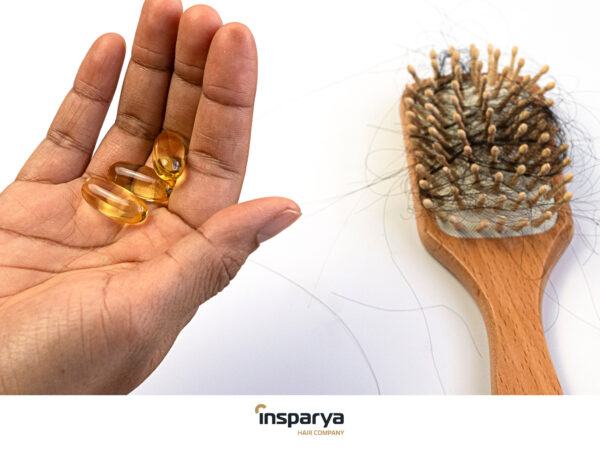
Frontal fibrosing alopecia
You may have heard a lot about androgenic alopecia or alopecia areata which makes sense since they are very common. But today we’re going to talk about another type of alopecia known as frontal fibrosing alopecia.
What is frontal fibrosing alopecia?
Frontal fibrosing alopecia is the most frequent type of primary scarring alopecia (not the general type of alopecia, which is androgenic alopecia). Scarring refers to the fact that, in principle, the hair cannot be regrown, because a scar has formed that prevents the new follicle from growing.

Who does it affect?
It appears mainly in women. Initially, it was observed as a problem in postmenopausal women, but it has since been observed in premenopausal women and in men.
What areas are affected?
It can affect a large part of the scalp. It mainly manifests as hair loss in the form of a band around the frontal region of the scalp and the temples. Its shape is linear going from one ear to the other.
Cause
Its cause, unfortunately, is not known. It was first observed in postmenopausal women and therefore it was thought that there was a hormonal origin, but this has never been proven. It has also been related to the use of antidepressant drugs or sunscreen.

Solution
The priority objective is to stabilise the disease. It can be treated in various ways including platelet-rich plasma, mesotherapy, low-frequency laser and hair transplantation, but be careful to do so when the disease is stable. This is important because if it is treated at a high stage of the disease, it can cause the transplanted hair to fall out.
The results of scarring alopecia are not always the same as in non-scarring alopecia so it must be stabilised. It’s very important to maintain long-term vigilance so the disease doesn’t reactivate and cause the hair to fall out again. Patients should be informed that the transplanted hair, unlike in androgenetic alopecia transplantation, can be affected by the disease again and therefore fall out.
Medical treatments are also used for this type of problem, especially 5 alpha-reductase inhibitors such as finasteride and dutasteride, and hydroxychloroquine, which is now being used for coronavirus. However, other types of treatments can also be used, such as corticosteroids, both systemic (pills) and infiltrated (injections), as well as oral minoxidil, which has been shown to be effective. It should also be added that medical treatments aim to stabilise the disease, rather than restore the hair.
However, some studies show that some medical treatments may result in a certain percentage of regrowth.
Consequences
The consequences of frontal fibrosing alopecia are essentially aesthetic. It may affect other areas such as the eyebrows. It usually affects the eyebrows quite frequently and also other areas of the body with hair, such as the armpits. When it affects the body, it is called Graham Little syndrome.
At Insparya, we are specialists in hair health. We can diagnose your case and offer you the best solution for your particular situation.




